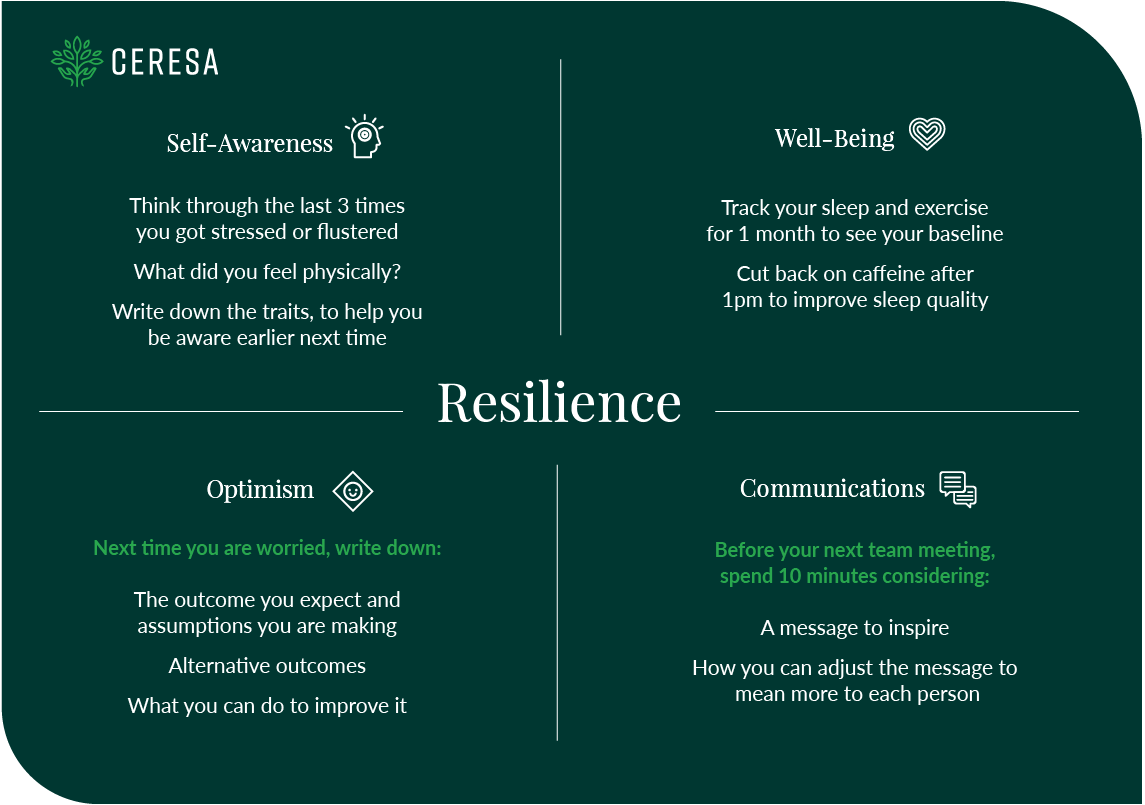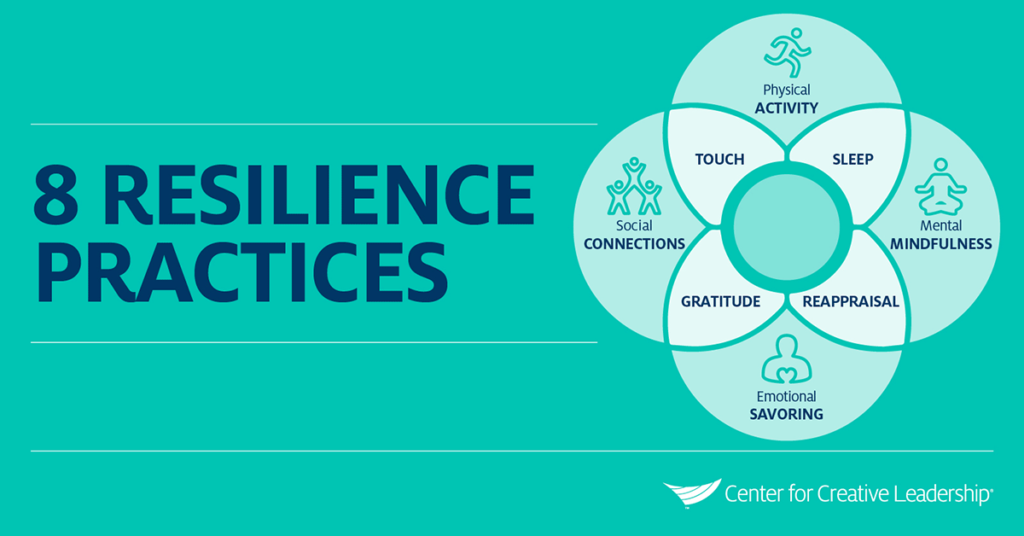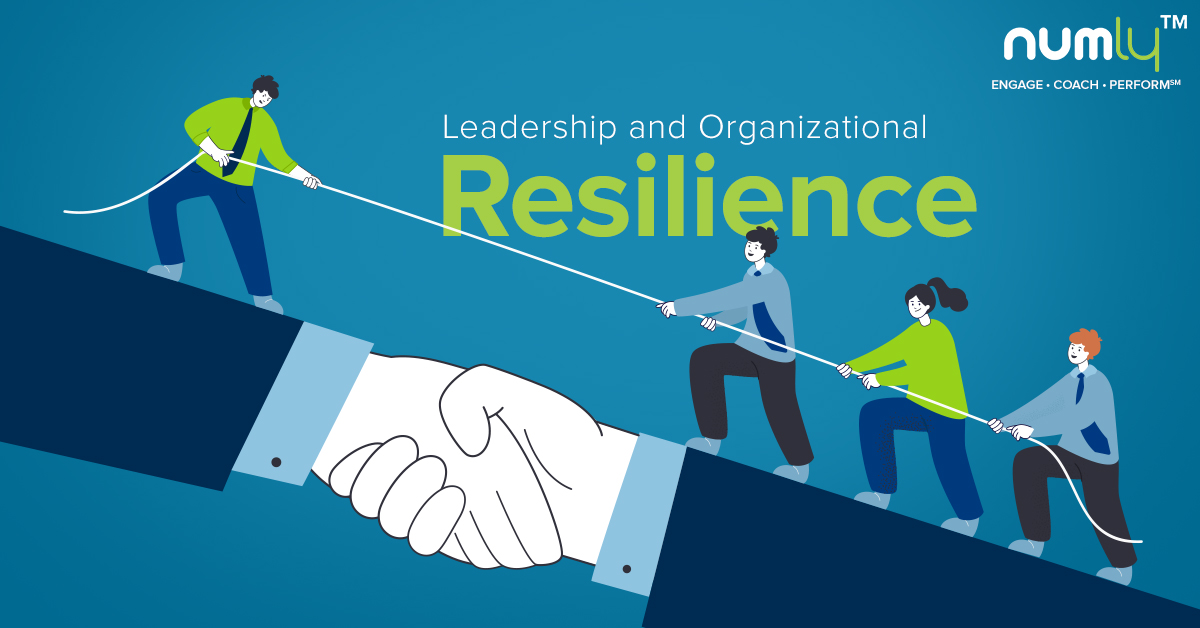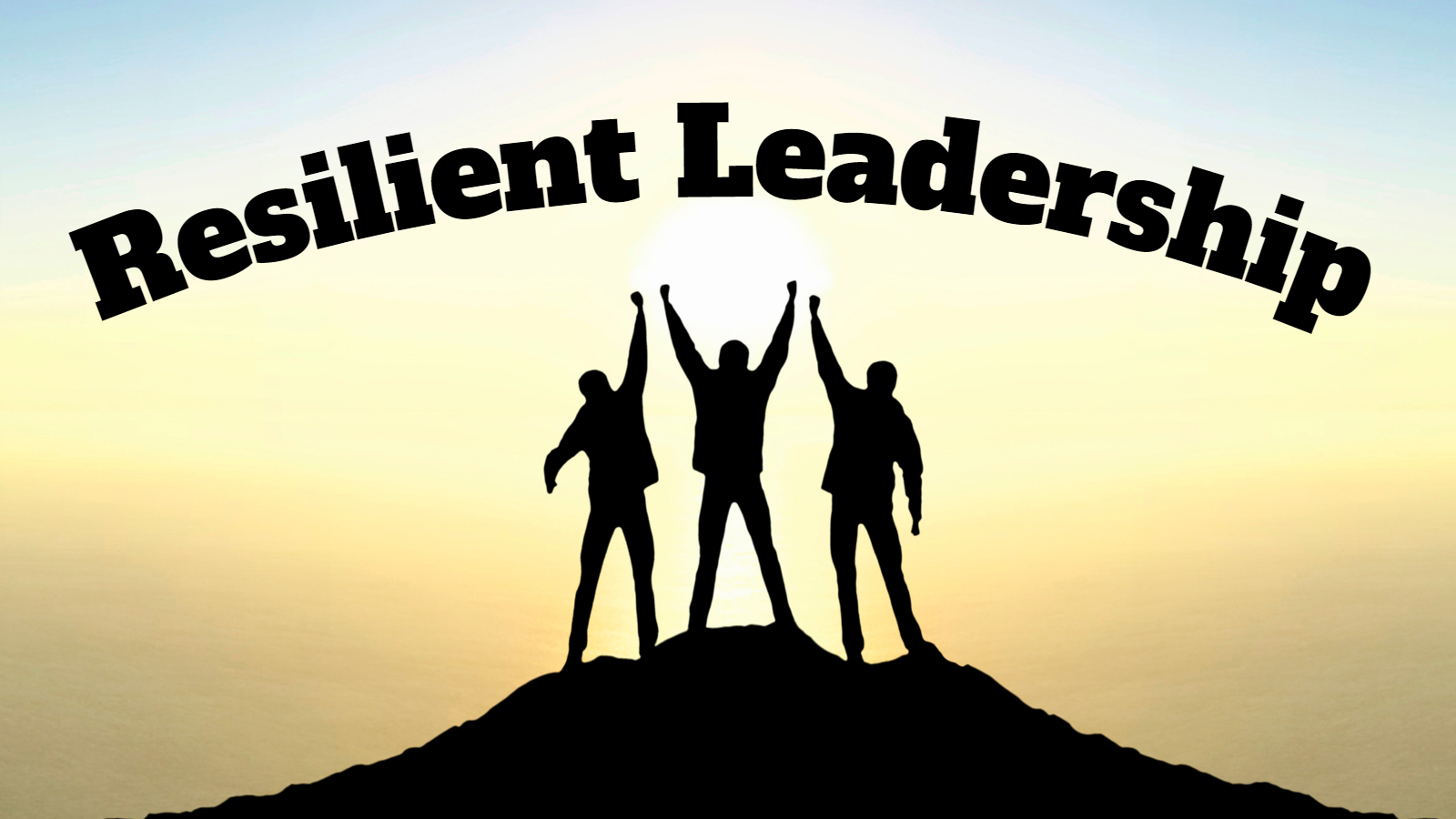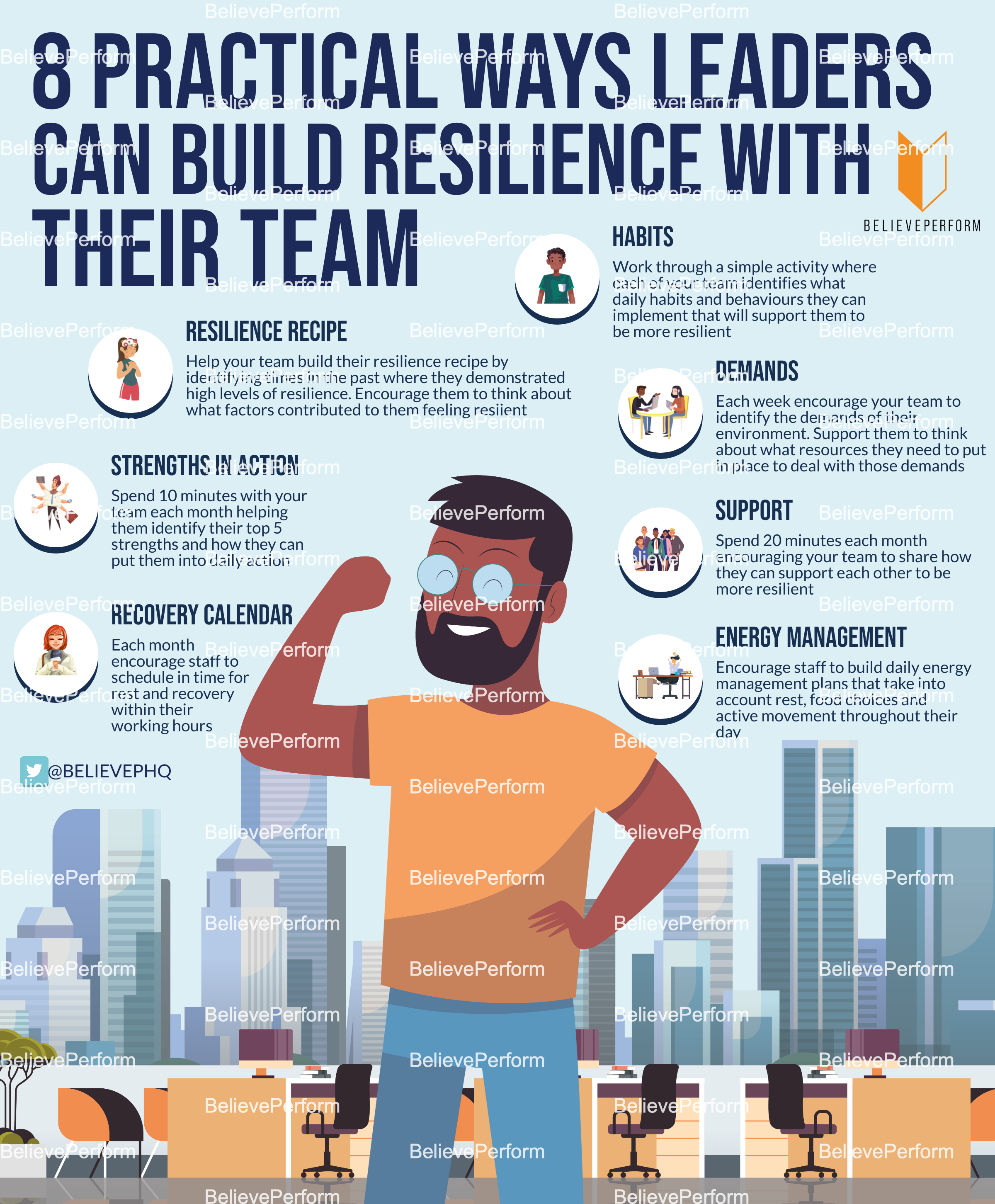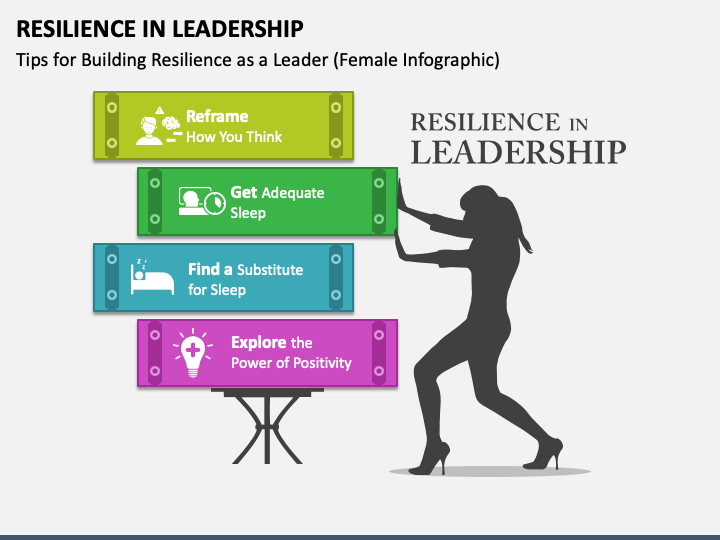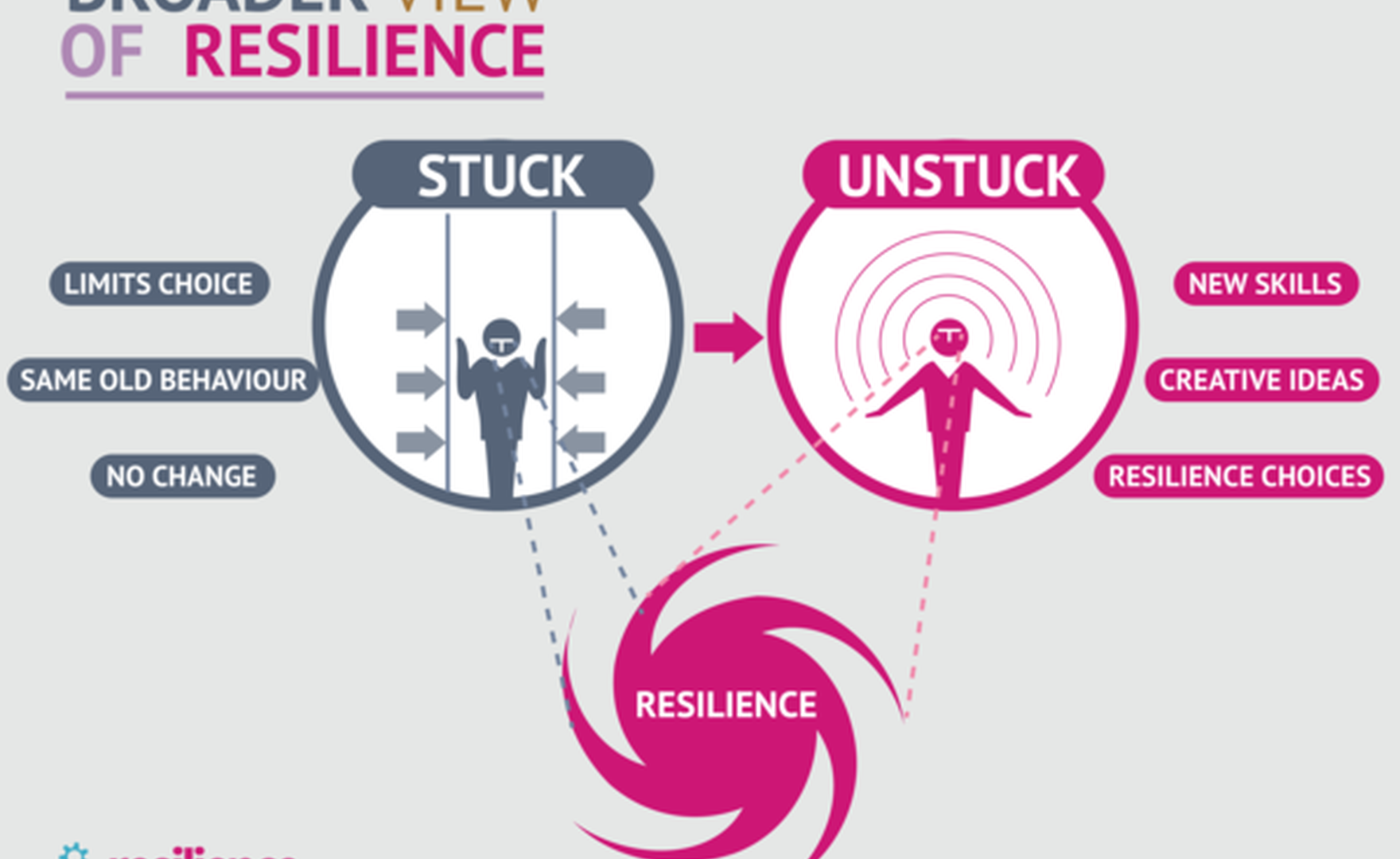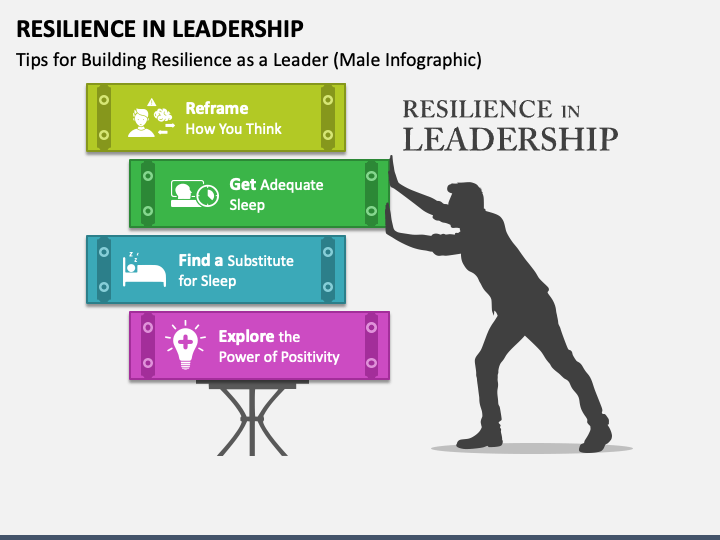How To Build Resilience In Leadership
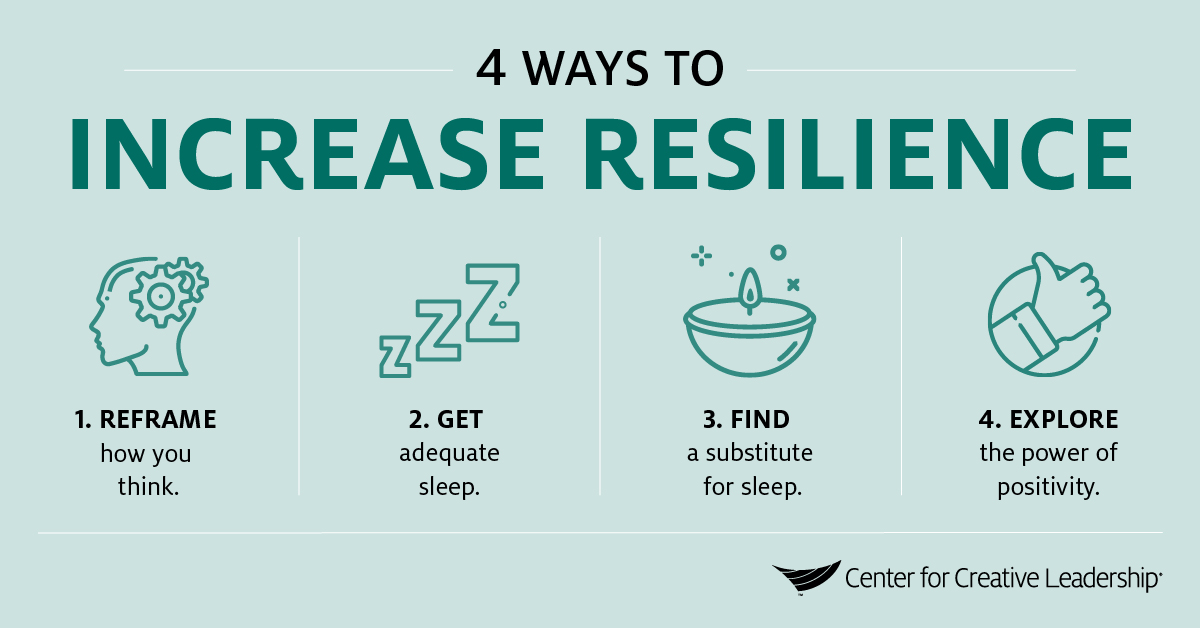
Imagine a ship caught in a storm. Waves crash against its hull, the wind howls relentlessly, and the very structure groans under the pressure. Some ships succumb, but others weather the tempest, emerging stronger and more seasoned. What distinguishes those that survive? It's not just the strength of their construction, but also the resilience of their captain and crew – their ability to adapt, learn, and lead through adversity.
At its core, resilience in leadership is the capacity to bounce back from setbacks, learn from failures, and maintain effectiveness under pressure. This isn't an innate trait, but a skill that can be cultivated through conscious effort and strategic practices. This article explores the key elements of building resilience, providing practical insights for leaders at all levels.
Understanding the Landscape of Leadership Challenges
Leadership today is arguably more complex than ever. According to a 2023 study by the Harvard Business Review, leaders are facing unprecedented challenges ranging from economic uncertainty and technological disruption to increasing demands for social responsibility. These pressures can take a significant toll on well-being and effectiveness if not addressed proactively.
"The ability to navigate ambiguity and adapt to change is no longer a 'nice-to-have' skill, but a core requirement for effective leadership," states Dr. Anya Sharma, a leading organizational psychologist at the University of California, Berkeley.
Key Pillars of Resilient Leadership
Cultivating Self-Awareness
Resilient leaders understand their strengths and weaknesses, their triggers, and their preferred coping mechanisms. Self-awareness allows leaders to anticipate potential stressors and develop strategies to manage them effectively. This involves honest self-reflection, seeking feedback from trusted sources, and paying attention to internal cues such as physical sensations and emotional responses.
Journaling, mindfulness practices, and regular check-ins with a mentor or coach can significantly enhance self-awareness.
Building Strong Relationships
No leader is an island. Resilient leaders build and nurture strong relationships based on trust, empathy, and mutual support. These relationships provide a vital buffer against stress and a source of valuable perspectives. Investing time in connecting with team members, peers, and mentors creates a network of support that can be crucial during challenging times.
"Leaders who prioritize building genuine connections are better equipped to navigate crises and foster a sense of collective resilience within their teams," explains John Maxwell, a renowned leadership expert.
Embracing a Growth Mindset
A growth mindset, as popularized by Stanford University psychologist Carol Dweck, is the belief that abilities and intelligence can be developed through dedication and hard work. Resilient leaders embrace challenges as opportunities for learning and growth, rather than viewing them as threats to their competence. This mindset allows them to persevere in the face of setbacks and continuously improve their skills.
It's about seeing failure as feedback, not as a final judgment.
Practicing Self-Care
Resilience is not about being invincible; it's about taking care of oneself to maintain energy and well-being. Resilient leaders prioritize self-care activities such as exercise, healthy eating, sufficient sleep, and engaging in hobbies that bring them joy. Neglecting self-care can lead to burnout, decreased performance, and impaired decision-making.
Prioritizing self-care is not selfish, it is strategic.
Developing Emotional Regulation Skills
Emotional regulation is the ability to manage and express emotions in a healthy and productive way. Resilient leaders are able to stay calm under pressure, manage their own emotional reactions, and empathize with others. This involves developing techniques such as deep breathing, mindfulness, and cognitive reframing to manage stress and maintain composure.
Learning to pause and respond, rather than react, is a key skill.
The Ripple Effect of Resilient Leadership
Resilient leadership doesn't just benefit the individual leader; it creates a positive ripple effect throughout the organization. A leader who demonstrates resilience inspires confidence, fosters a culture of psychological safety, and empowers team members to take risks and learn from their mistakes. This, in turn, leads to increased innovation, engagement, and overall organizational performance.
"Resilient leaders create resilient organizations," – a core principle often cited by leadership development consultants.
Conclusion
Building resilience is an ongoing journey, not a destination. By cultivating self-awareness, building strong relationships, embracing a growth mindset, practicing self-care, and developing emotional regulation skills, leaders can equip themselves to navigate the inevitable challenges of their roles. The result is not just personal success, but a thriving, resilient organization capable of weathering any storm.
The ship that weathers the storm isn't just lucky, it's skillfully led.
